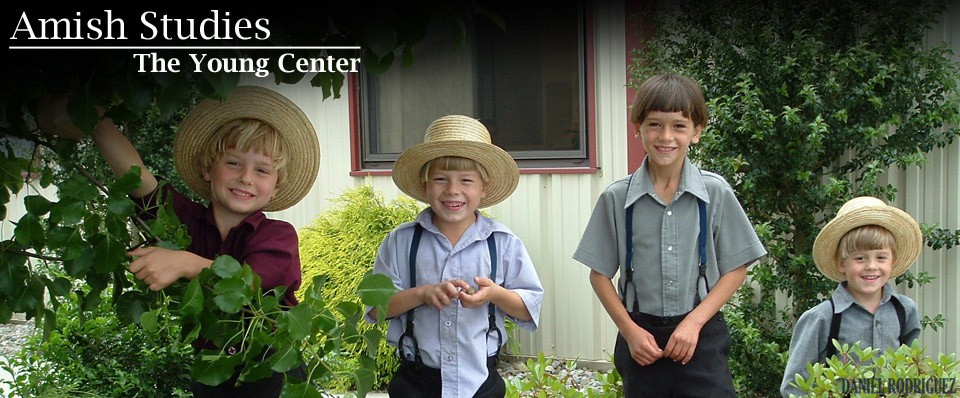Mutual Aid
A strong sense of community regulates the rhythms of Amish life. One of the tenets of Amish faith is care and concern for fellow members of the church. Members reach out to those in need knowing that they too will receive care as needs arise. Following a flood or fire, the Amish community rallies quickly to clean up the debris and construct a new building. The traditional Amish barn raising illustrates the power and meaning of community in practical ways as hundreds of people converge to erect a new structure in a single day. On occasion, Amish people also travel outside their community to assist non-Amish families who are victims of tornadoes, hurricanes, or other natural disasters.
The habit of mutual aid stretches beyond response to natural disaster. Because they do not have commercial insurance, many Amish communities have an informal aid plan to help members with large hospital bills or other exceptional needs. In these cases, local congregations take a special offering, collected by the deacon in door-to-door visits with each family in the district. A public benefit auction or bake sale may also be held to raise funds for special needs.
Parents gather to clean up local schools in preparation for each new academic year. Families who are moving can expect dozens of hands to carry furniture. An injured farmer will usually find his crops harvested by a bevy of his Amish neighbors. Extended family members and neighbors will get together to paint a newlywed couple’s house. Several adult siblings may meet monthly in a “frolic” for sewing, house cleaning, shelling peas, or canning tomatoes. And, of course, quilting parties are held often. Beyond work, frequent visiting, which one member called “the national sport” of the Amish, bonds the community together.
Additional information
- See pp. 187-8 in chapter 10, “Community Organization,” and pp. 338-9 in chapter 18, “Health and Healing,” in Donald B. Kraybill, Karen M. Johnson-Weiner, and Steven M. Nolt, The Amish. (Baltimore: Johns Hopkins University Press, 2013).
- See chapter 6, “Auctions, Frolics, and Gangs,” in Donald B. Kraybill, The Riddle of Amish Culture, 2nd ed. (Baltimore: Johns Hopkins University Press, 2001).
- Kristyn Rohrer and Lauren Dundes, “Sharing the Load: Amish Healthcare Financing,” Healthcare (Basel, Switzerland) 4 (December 2016), doi:10.3390/healthcare4040092.
